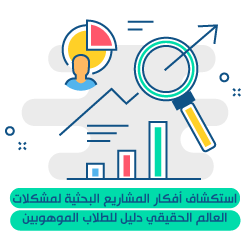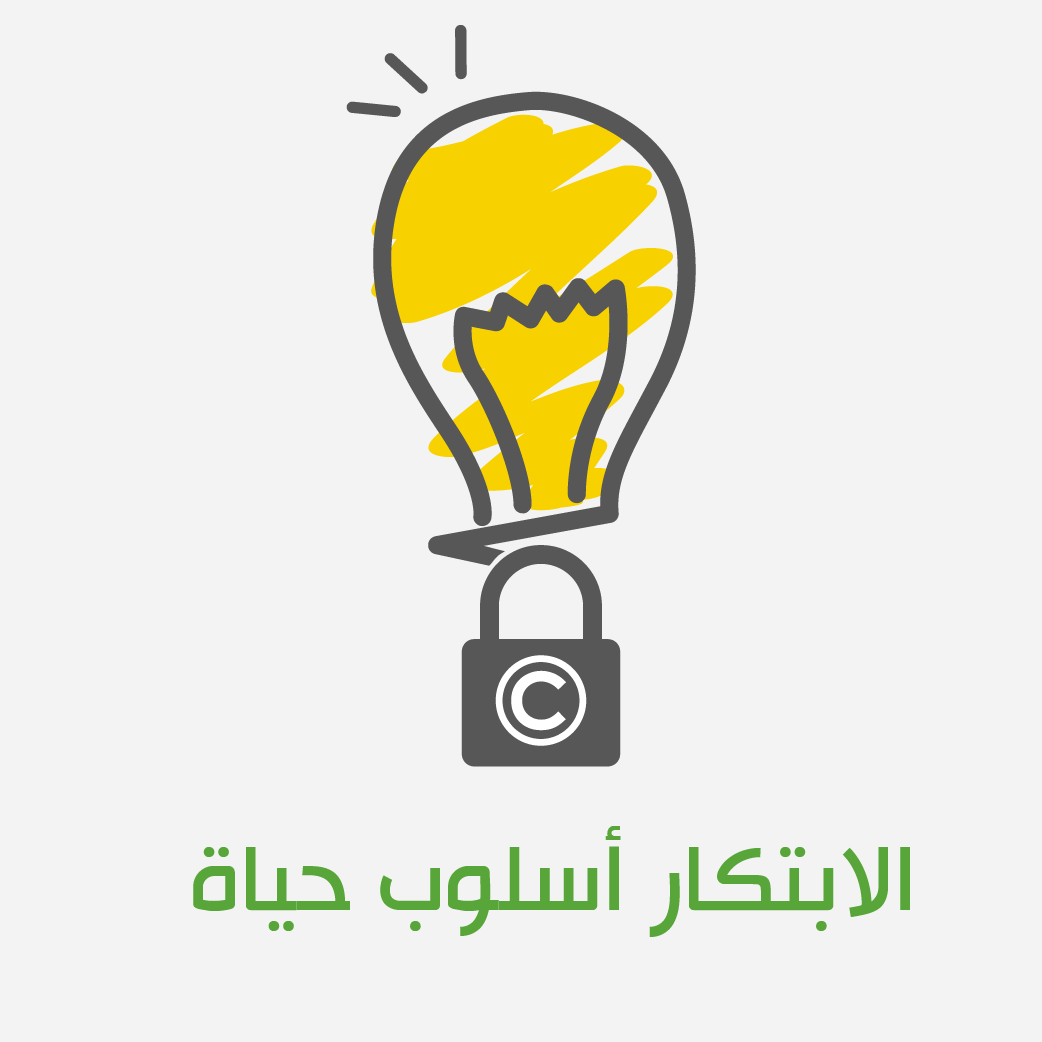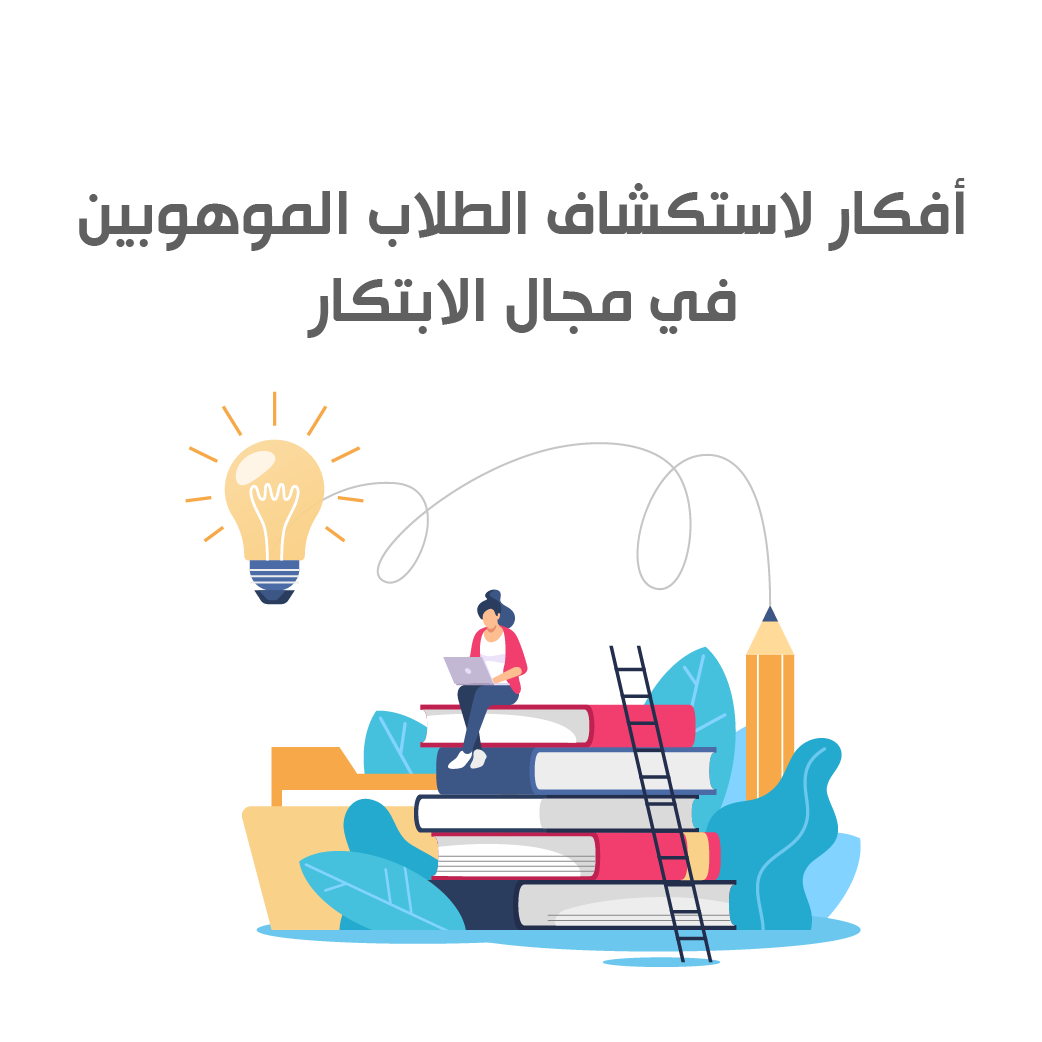Exploring Research Project Ideas for Real-World Problems A Guide for Gifted Students

Dr. Mark W. Oleksak
Innovation
13
Make an impact!
No research professor or research evaluator would disagree that one of the most important aspects of any scientific or engineering project is the potential impact of the project in the real world. The specific research impact refers to the type of impact or benefit contribution that the research adds to the local, regional or global community. The research can target various aspects such as financial, environmental, societal and quality of life.
In previous years, young students' research efforts were primarily academic and did not deal with the outside world to a great extent. However, with the emergence of global problems and the emergence of many collaborative projects, it has become imperative for students to consider the next steps in how to provide potential solutions. Therefore, gifted students, as well as all other students at an early stage, should conduct research as a major part of any project-based learning project.
Current real-world topics to consider:
Students should look at the biggest challenges in the world today; based on this focus on the impact statement, this will not only give them a view of the global implications, but all of these factors can be considered when examining situations at the local, regional and national levels. These topics have direct and indirect impacts on daily life, and are therefore worthy of attention, review, research and a research topic to develop as a project.
Here is a list of the major problems facing our planet today:
- Healthcare - The basic human need for quality healthcare has become a major problem in all countries due to high costs, profits, bureaucracy and access to services. Students are required to consider important current challenges, including key aspects related to awareness, prevention and treatment to develop solutions that benefit individuals in the short and long term.
- Containing Pandemics - After the COVID-19 pandemic, it is critical that preparedness focus on preventing and containing new bacterial and viral cases. The physical, mental, emotional, and financial toll of the coronavirus should be a stark warning sign that the world needs to be better prepared for the problems that lie ahead. There are many areas that need to be addressed, and students and teachers are in a unique position to begin to consider these issues and offer potential solutions.
- Climate change – This is perhaps the biggest issue facing young people right now, and one that could have a major impact in the years to come. Issues to be explored include weather, rising sea levels, food shortages, and air quality. Students should look at current data from the scientific community and begin to explore how to address these issues and improve solutions.
- Food insecurity – With the world’s population growing (81 million people each year) and the prices of basic commodities increasing, there will be significant food shortages. Global food demand is estimated to increase by 59% to 98% by 2050. Crop growth is currently too slow to meet this forecast. Other issues including water scarcity, rising temperatures, and climate change will impact production. Some important research has been done to provide solutions to these problems, but more needs to be done to ensure that the future is sustainable.
-Sustainability – The future of species on Earth depends on how we currently address the challenges posed by sustainability. The aspects to be considered are land, oceans, infrastructure, cities, resources, environment, food, health, and more. Innovative solutions must use and apply new tools and technologies to take advantage of these challenges. Students must address these challenges, develop solutions, and become leaders of change in the future.
- Education – Current education systems are ill-equipped to make the changes needed to train students in the scientific and 21st century skills they will need in the future to address major challenges. The requirements focus on literacy, skills, economic requirements, brain research, technology, outcomes, and methodologies. Students must be highly proficient in project-based learning with a focus on real-world applications. Students must be engaged and take ownership of their own learning.
- Environment – The environment will face problems in the foreseeable future. This is due to many factors including lack of governance, loss of biodiversity, plastic pollution, deforestation, air pollution, global warming from fossil fuels, and melting ice caps. These are significant challenges, but much research is being done and many solutions are emerging. It is up to the younger generation to continue these studies and start implementing products and services that will make a big difference.
- Cybersecurity - As recent reports show, cybercrime challenges are on the rise. These include malware, ransomware, network attacks, and identity theft. These are real problems that range from intrusion into personal life to threats to national security. Students are now being trained on the tools and resources needed to address these issues and provide a safe and secure cyber environment.
Basic research:
Now that the key global challenges have been identified, the next step for students is to gather the background information needed to become well-informed and then start asking relevant questions. To determine the best course of action for the future, it is important to review the most important articles and previous publications in the global education field on research and scientific programs. This will allow for a proper evaluation of current programs and determine the best possible recommended path for any future project. A key element of pre-college research programs is to get students out of their “comfort zone” of the curriculum and into activities outside the classroom, which focus on “project-based learning.” This learning development plan begins with understanding how to conduct literature reviews, and taking notes that lead to clear questions and potential new solutions. For gifted students, the plan provides new practices that will be used in their future education, as well as in their potential career paths.
Conducting primary research involves collecting relevant publications, such as research papers, articles, and new materials, then critically analyzing them and extracting basic information from them. This process can be divided into five main steps:
1. Conduct a search for previous relevant studies.
The first task is to prepare a list of keywords to use when searching for publications and articles. This will help you find the best information available on any topic. There are many excellent databases available for students to use, including:
- Nature magazine.
- NCBI Pubmed.
- Google Scholar.
- ScienceDirect.
-IEEE xplore.
- Springer Link.
2. Evaluate primary sources.
When obtaining an article or publication, its credibility must be verified. The number of citations is an important good indicator in the field, and this point can be included in the literature review.
3. Identify common ideas, challenges and gaps.
When a student reads a document it is important to check for common trends and/or patterns. Are there recurring problems or challenges? Is there anything missing? Are there any weaknesses in the work?
4. Define the structure.
Regularly reviewing dates on publications to ensure that the information is the most current and relevant version. Reviewing the main ideas and methods used in the research, as there may be information in them.
5. Document all facts and findings.
Some college courses require that you review and submit a thesis for a degree. This should include the following sections:
o Overview of the topic.
o Review objectives.
o Classification.
o Comparative evaluation of each work.
o Results related to effective actions.
Narrowing down the scope of applicable research questions:
A general research question can be prepared from accurate background information. It is important that a potential project idea includes the following features to help verify potential research questions.
• The potential solution should be well defined and clear.
• The project should address a current problem with references.
• The research should be applicable and not difficult to achieve.
• The idea must have a feasible impact to address the problem.
• The work should be of interest to people in the field of study.
• The research should be objective, i.e. relatively innovative.
It is very important while evaluating the background information to brainstorm, first in a divergent cycle, then in a convergent cycle.
• Cross-cutting session - discussing as many ideas related to the topic as possible.
• Convergent Cycle – Moving the best ideas into a track for final evaluations.
Any valid research question should include the following features:
• Describe and explore the problem.
• Explain and test the plan.
• Evaluate and implement the analysis plan.
Did you benefit from the information provided on this page?
visitors liked this page


